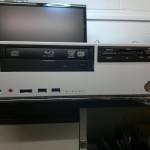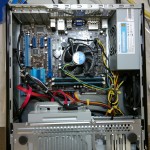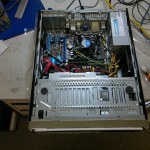As a basic rule the lower a headphones impedance value, the ‘louder’ they will sound for a particular output. So a pair of 16 ohm headphones will sound louder than a 600 ohm pair when plugged into the same headphone socket. (There are other factors that affect the volume of headphones, such as the strength of the magnets used.)
Lower impedance headphones, usually 150 ohms or less, are usually better suited to devices that have lower output levels like portable recording units or cd / mp3 players that run from batteries. (There is no reason why you could not use headphones with higher impedance; they just would not be that loud!)
Impedance values from 150 – 600 ohms are usually better suited to general studio use. The higher a headphones impedance value, the more power needed to drive them, which makes them less susceptible to damage from over powering. Higher impedance headphones are also better suited when using multiple pairs connected in parallel.
Impedance values of 1.5 – 2K (ohms) are used mainly in broadcast environments. The relatively high impedance value allows headphones to be connected to devices directly and monitor signals without causing noticeable drops in signal level.
A more in depth article covering impedance can be found here;
http://www.soundonsound.com/sos/jan03/articles/impedanceworkshop.asp


